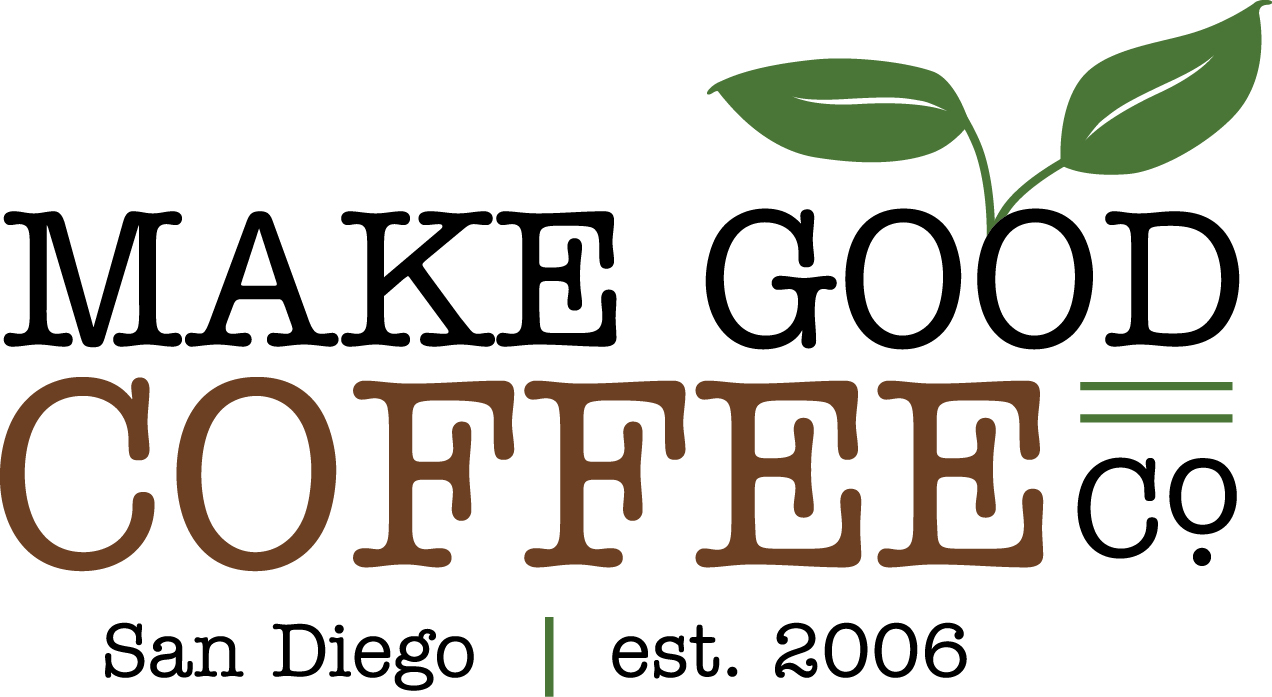How does coffee get roasted?
 Recently, I participated in an online course by the Specialty Coffee Association of America (SCAA), the coffee industry's trade association. In representing the needs of the coffee industry, they also provide education in specific areas. This course was an Introduction to Roasting Equipment.At the most basic level, coffee roasting comes down to two things: applying heat, and keeping the coffee beans in motion. Without heat, they won't turn brown from their original green color. And without motion, you won't get an even roast. Ironically, the appliance that both applies heat and keeps material in motion is the popcorn popper. Years ago, I used to use a popcorn popper to roast my own coffee at home.
Recently, I participated in an online course by the Specialty Coffee Association of America (SCAA), the coffee industry's trade association. In representing the needs of the coffee industry, they also provide education in specific areas. This course was an Introduction to Roasting Equipment.At the most basic level, coffee roasting comes down to two things: applying heat, and keeping the coffee beans in motion. Without heat, they won't turn brown from their original green color. And without motion, you won't get an even roast. Ironically, the appliance that both applies heat and keeps material in motion is the popcorn popper. Years ago, I used to use a popcorn popper to roast my own coffee at home.
[ad#Google Adsense - use me]
As time has gone on, I have upgraded from the popcorn popper to home coffee roasters.Read: Marc's Coffee Bar A farmer has gone to great effort to grow a consistently good coffee, and from there, your local roaster brings out the best in its flavor. Here is the jist of what your local roaster does.The green coffee beans are fed into the hopper at the top of the machine, and into a drum that will turn at a certain speed while a burner underneath the drum provides hot air flow. The coffee roaster determines at what temperature he wants to set the drum, as well as what speed for it to turn.It helps to think that the coffee flavor we all love is at the center of the bean. As it is roasted, the flavor is "unlocked" and brought to the bean's surface. The roaster can hear this happening at a stage called "first crack", the earliest point at which you would stop roasting the coffee. "First crack" sounds like popcorn popping. Further along, there is a "second crack" that sounds as though you were playing with cellophane wrapping in your hands. Darker roasts go to and beyond "second crack", at which point the coffee will take on flavor characteristics of the roasting itself, replacing the flavor nuances that are specific to the coffee's origin.There are a couple important additional steps in roasting coffee. The first is cooling. After the coffee is roasted and removed from the drum, it maintains a high internal temperature. The beans need to be cooled down so that they don't continue cooking from within.The second additional step is incinerating. The by-product of roasting is a skin that falls from the coffee bean called "chaff". This chaff burns, requiring strong ventilation when roasting coffee.These are the basics. While the machines don't differ greatly from one to the next, the real art of roasting is in how the machine is used to bring out the absolute best that the coffee has to offer. This requires much trial and error, strong knowledge of the roasting equipment, and a dedication to constant learning. When you find coffee you like from a local roaster, stick with them!
A farmer has gone to great effort to grow a consistently good coffee, and from there, your local roaster brings out the best in its flavor. Here is the jist of what your local roaster does.The green coffee beans are fed into the hopper at the top of the machine, and into a drum that will turn at a certain speed while a burner underneath the drum provides hot air flow. The coffee roaster determines at what temperature he wants to set the drum, as well as what speed for it to turn.It helps to think that the coffee flavor we all love is at the center of the bean. As it is roasted, the flavor is "unlocked" and brought to the bean's surface. The roaster can hear this happening at a stage called "first crack", the earliest point at which you would stop roasting the coffee. "First crack" sounds like popcorn popping. Further along, there is a "second crack" that sounds as though you were playing with cellophane wrapping in your hands. Darker roasts go to and beyond "second crack", at which point the coffee will take on flavor characteristics of the roasting itself, replacing the flavor nuances that are specific to the coffee's origin.There are a couple important additional steps in roasting coffee. The first is cooling. After the coffee is roasted and removed from the drum, it maintains a high internal temperature. The beans need to be cooled down so that they don't continue cooking from within.The second additional step is incinerating. The by-product of roasting is a skin that falls from the coffee bean called "chaff". This chaff burns, requiring strong ventilation when roasting coffee.These are the basics. While the machines don't differ greatly from one to the next, the real art of roasting is in how the machine is used to bring out the absolute best that the coffee has to offer. This requires much trial and error, strong knowledge of the roasting equipment, and a dedication to constant learning. When you find coffee you like from a local roaster, stick with them!
